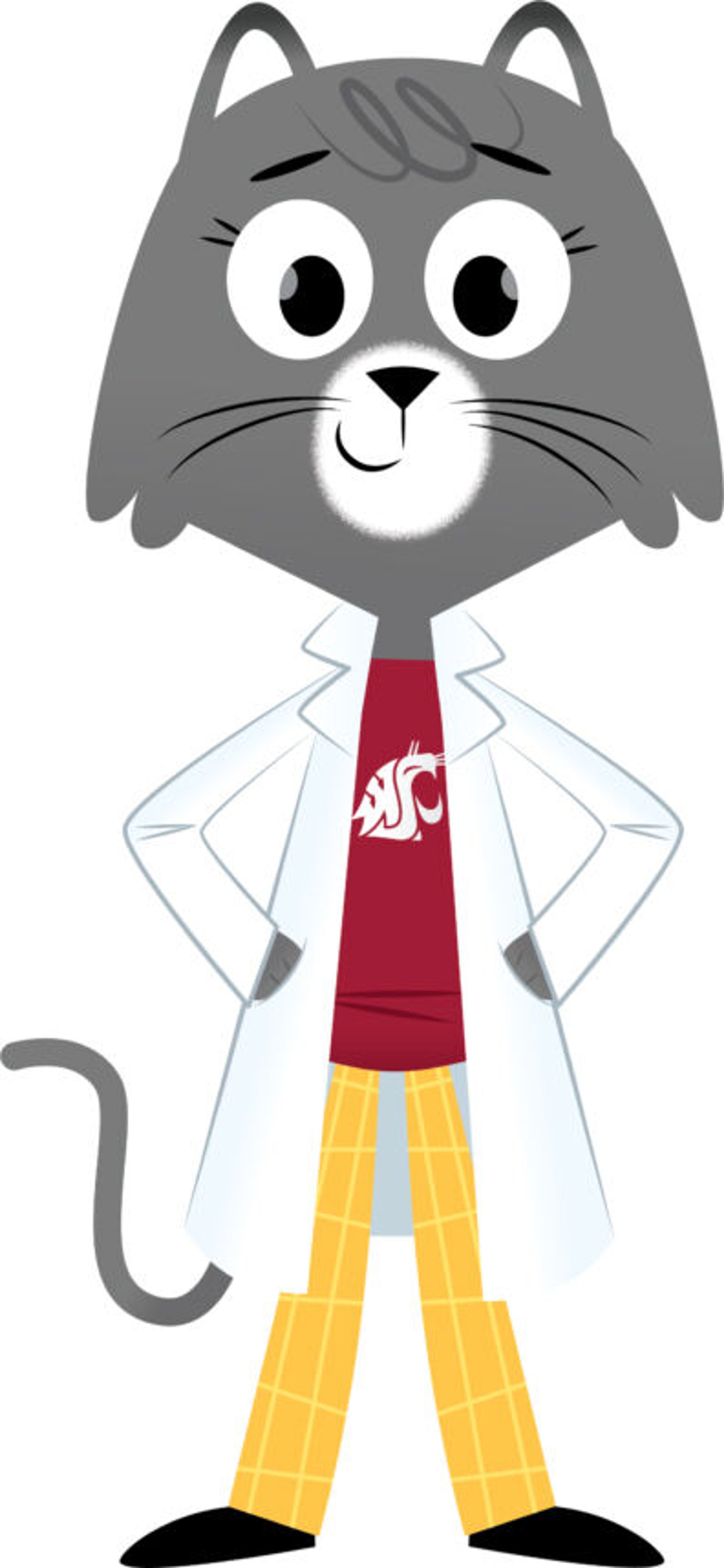Dear Dr. Universe,
How come some people can’t see color?
— Pearl, 8, South Dakota
Our brains have the amazing ability to gather information and interpret it. This ability to gather and interpret — or perceive — is a big part of what helps humans see colors.
Our eyes have tiny cones that receive light, turn it into chemical energy and activate nerves that can send information to the brain. You might see an apple and think to yourself, “That’s the color red.”
My friend Rachna Narula, an optometrist at Washington State University, told me all about it.
You may remember that the colors people see correspond with different wavelengths of light. Part of the reason someone can see red is because they have a type of cone that picks up on certain long wavelengths of light.
While red cones pick up on long wavelengths of light, blue cones pick up on short wavelengths. Green cones pick up on middle wavelengths. A person with full-color vision typically has three kinds of cones: red, blue and green.
But sometimes a person’s cones might be a little different. They may not have some of those main three cones, which means they can’t pick up on certain wavelengths of light. Or the cones might not work very well.
Narula told me the most common color deficiency is red-green. That means that the cones aren’t able to pick up on long wavelengths and middle wavelengths of light. People with this kind of color deficiency may have trouble spotting the differences between colors, the brightness of colors or the shades of colors.
Narula also showed me a book that optometrists use to test how people see color. It’s called the “Ishihara Test for Color Blindness,” and it was designed by a professor at the University of Tokyo in 1917. Each page features different colored dots that make up a background and a number.
For instance, someone with full-color vision might see a background of green dots and the number “5” made up of red dots. But someone who has red-green color deficiency would see a completely different number.
If you’re like me, you might be curious to find out not only how people can perceive different colors, but why.
Narula told me color vision deficiency is a kind of hereditary trait. This means it is something that can be passed from parents to their offspring. Most people who experience color vision deficiency were born with it. It’s in their genes.
She also told me there are some people who can see many more colors than most of the population. Narula said these people have a fourth cone. Some scientists are studying genetics to learn more about this kind of fourth cone and find out exactly how this kind of vision works.
Like humans, most cats also have the three main kinds of cones: red, blue and green. Dogs have just two kinds of cones. You know, it sure is interesting to think about what it might be like to see the world through different types of cones than my own. I bet it would provide a whole new perspective.
Have a science question? Ask Dr. Wendy Sue Universe, WSU’s resident science cat and writer, by email at Dr.Universe@wsu.edu.








